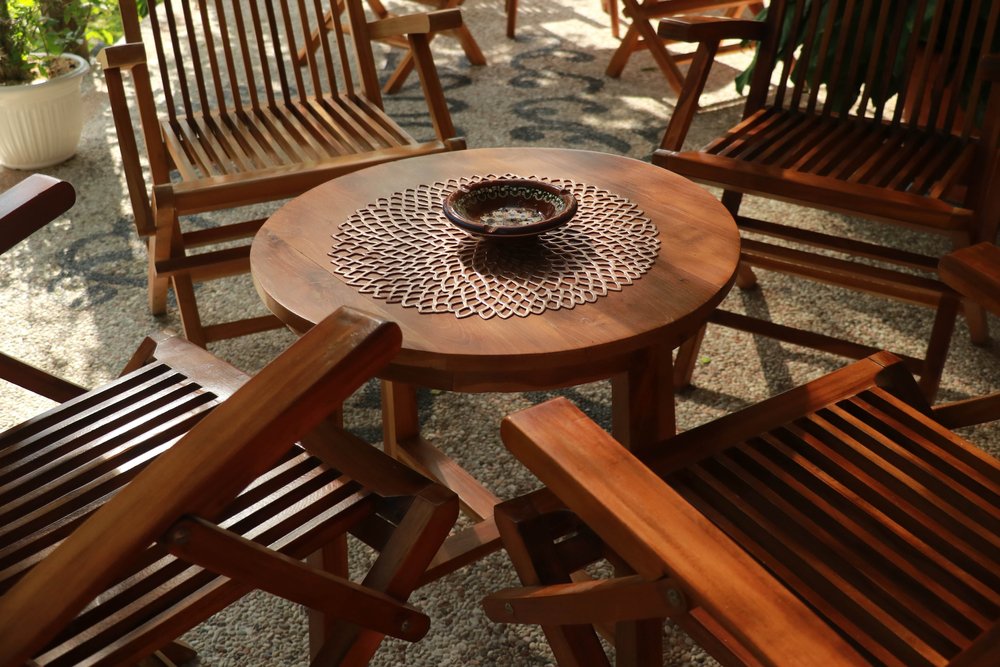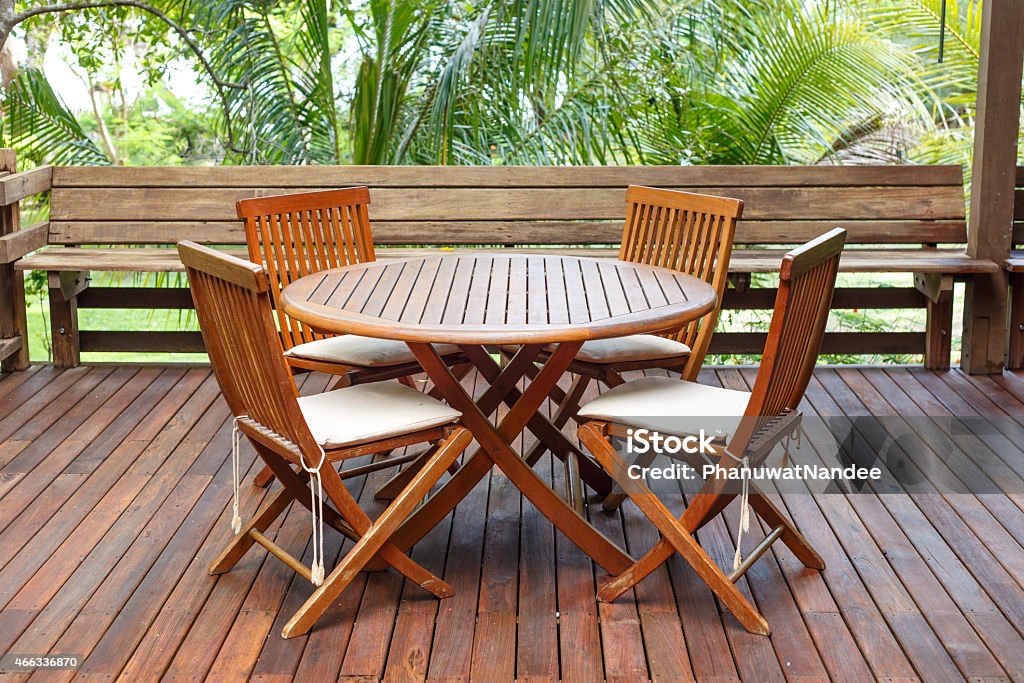Indonesian Teak Wood Furniture: A Perfect Blend of Design and Sustainability
Indonesian Teak Wood Furniture: A Perfect Blend of Design and Sustainability
Blog Article
Explore the Advantages of Choosing Teak Wood Furnishings for Sustainable Indoor Style
The choice of teak timber furnishings offers significant benefits for those committed to lasting interior layout. Prominent for its remarkable sturdiness and natural resistance to ecological difficulties, teak requires very little maintenance while keeping its visual allure over time.
Natural Durability and Stamina

In addition, teak wood is normally immune to bugs, including termites and other wood-boring bugs, additionally improving its durability. This high quality reduces the demand for chemical therapies that could possibly harm the environment. The long-lasting nature of teak wood implies that furniture crafted from this product can be appreciated for generations, aligning completely with the principles of lasting style.
Furthermore, the classic beauty of teak adds to its allure, making it a versatile choice for different interior designs. By choosing teak wood furnishings, customers not just purchase a resilient item but additionally contribute to a much more lasting future, as the durability of the product decreases the frequency of substitutes.
Eco-Friendly Sourcing Practices
Lasting style extends past the fundamental properties of materials to incorporate accountable sourcing techniques. Environment-friendly sourcing is vital to guaranteeing that the environmental effect of production is minimized when it comes to teak wood furnishings. Teak wood, renowned for its toughness and resistance to components, is commonly gathered from taken care of haciendas that abide by rigorous sustainability standards.

Moreover, ethical sourcing often entails the interaction of regional neighborhoods, providing them with lasting livelihoods and cultivating financial advancement. indonesian teak wood furniture. This joint method not just protects the woodland environments yet likewise empowers those who depend upon these sources
Aesthetic Versatility in Style
Furnishings crafted from teak timber uses amazing aesthetic flexibility, making it a popular choice for numerous layout styles. Its abundant golden-brown color and straight grain include heat and refinement, perfectly incorporating into both contemporary and typical setups. Whether it's a streamlined, contemporary eating table or a delicately carved antique chair, teak timber enhances the beauty of any type of space.
Teak wood's natural elegance can be complemented by a variety of finishes, varying from polished to matte, permitting home owners to tailor their furnishings to their certain style vision. This flexibility expands to various color combinations too; teak can balance with neutral tones, lively colors, and even single schemes, making it appropriate for eclectic insides.
Past its look, teak wood's inherent toughness implies that it maintains its visual allure over time, resisting bending and fading. This long life urges using teak in high-traffic areas, such as living patio areas and areas, without jeopardizing on style.
Reduced Maintenance Needs
The low upkeep demands of teak timber make it a suitable selection for home owners seeking both elegance and practicality. Renowned for its all-natural oils, teak is extremely immune to mold, dampness, and insect damages, which considerably lowers the requirement for regular maintenance. Unlike lots of other types of timber, teak does sites not require regular sealing or chemical therapies to keep its honesty, allowing homeowners to appreciate their furnishings without the concern of consistent treatment.
Cleaning teak furniture just entails routine cleaning and occasional cleaning with moderate soap and water, which assists protect its all-natural gloss. In time, teak wood might create a beautiful silver-gray patina if left without treatment, contributing to its visual appeal. For those who choose to maintain its initial shade, applying a specialized teak wood oil one or two times a year is enough.
Moreover, teak wood's toughness makes certain that it withstands everyday deterioration, making it a useful investment for both outside and interior use. This combination of durability and simplicity of treatment permits homeowners to focus you could try here on appreciating their living spaces instead of fretting regarding upkeep, making teak wood furniture an impressive option for lasting interior decoration.
Long-Term Expense Performance
Purchasing teak timber furniture provides considerable long-term expense performance, mainly due to its phenomenal toughness and low upkeep demands. Teak is renowned for its durability versus wear and tear, severe climate conditions, and pests, which reduces the requirement for constant substitutes or repair services. Unlike other products that may deteriorate in time, teak maintains its structural stability and visual appeal for decades, making it a sensible financial investment for any type of interior style.
In addition, the low upkeep needs connected with teak wood furnishings additionally contribute to its cost effectiveness. The all-natural oils present in teak wood offer inherent protection against dampness and stains, lowering the need for costly treatments or unique cleaning items. This simplicity of care translates to time financial savings and lower long-term maintenance costs.
Furthermore, teak timber tends to retain its value well, typically valued gradually, which can be advantageous if you decide to market or repurpose your furnishings - indonesian teak wood furniture. In summary, the combination of toughness, reduced upkeep, and value retention placements teak timber furnishings as a financially sound selection for lasting interior decoration, guaranteeing that your investment repays for several years to find
Conclusion
Finally, teak timber furnishings becomes a superior choice for sustainable interior decoration due to its natural resilience, environment-friendly sourcing practices, and aesthetic adaptability. The material's low upkeep requirements additionally boost its appeal, while its lasting expense effectiveness solidifies its click here for info standing as a sensible investment. By going with teak wood, consumers not just contribute to environmentally accountable methods but additionally ensure the longevity and eternity of their interior rooms.
The option of teak timber furnishings presents significant advantages for those dedicated to lasting interior layout.Teak timber is renowned for its extraordinary resilience and stamina, making it a prime choice for lasting furniture style. The enduring nature of teak wood implies that furnishings crafted from this product can be enjoyed for generations, aligning perfectly with the principles of lasting style.
Furnishings crafted from teak wood provides amazing visual versatility, making it an in-demand choice for different layout styles.In verdict, teak wood furnishings emerges as a superior choice for sustainable indoor design due to its natural toughness, environment-friendly sourcing practices, and aesthetic adaptability.
Report this page